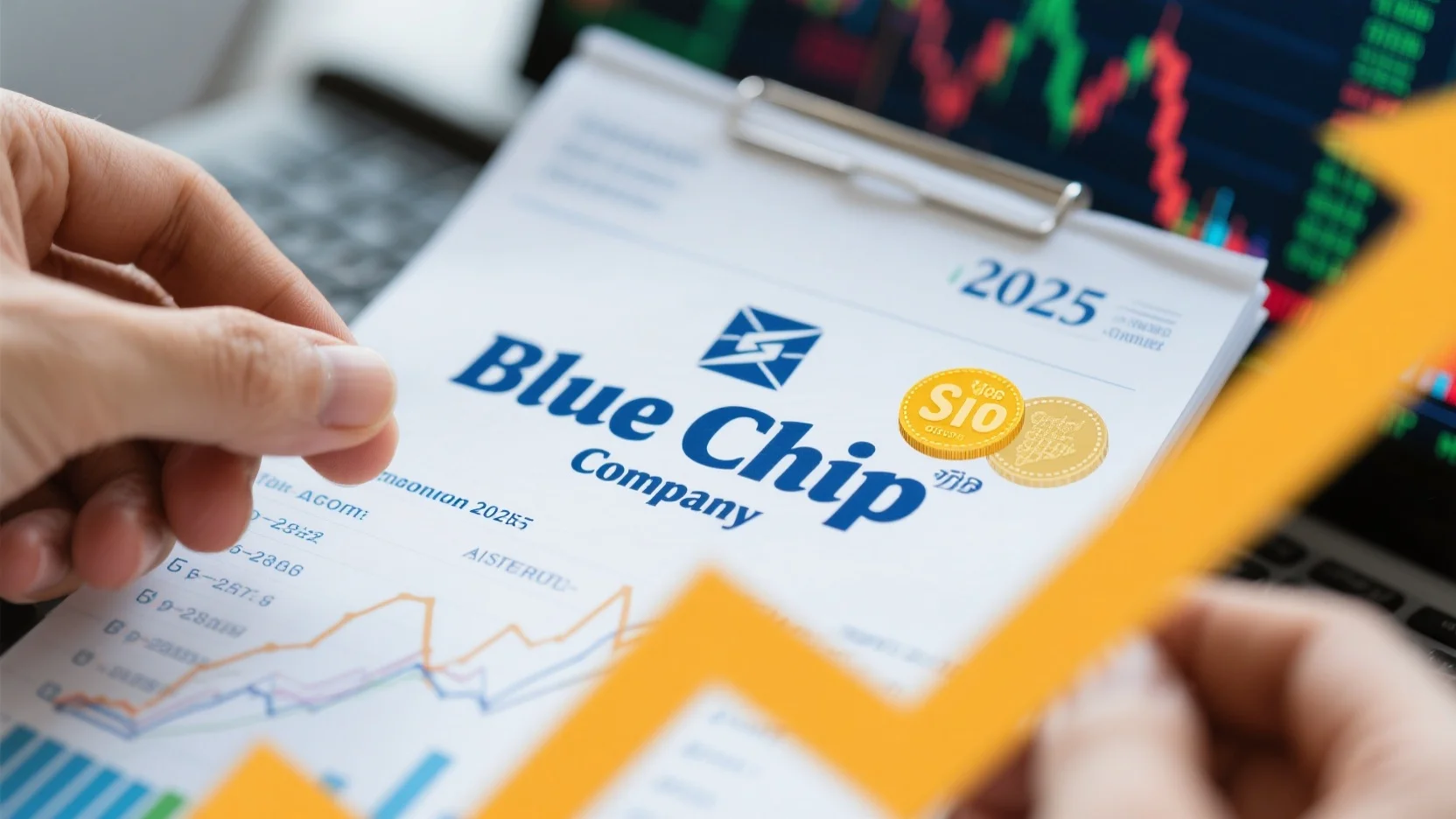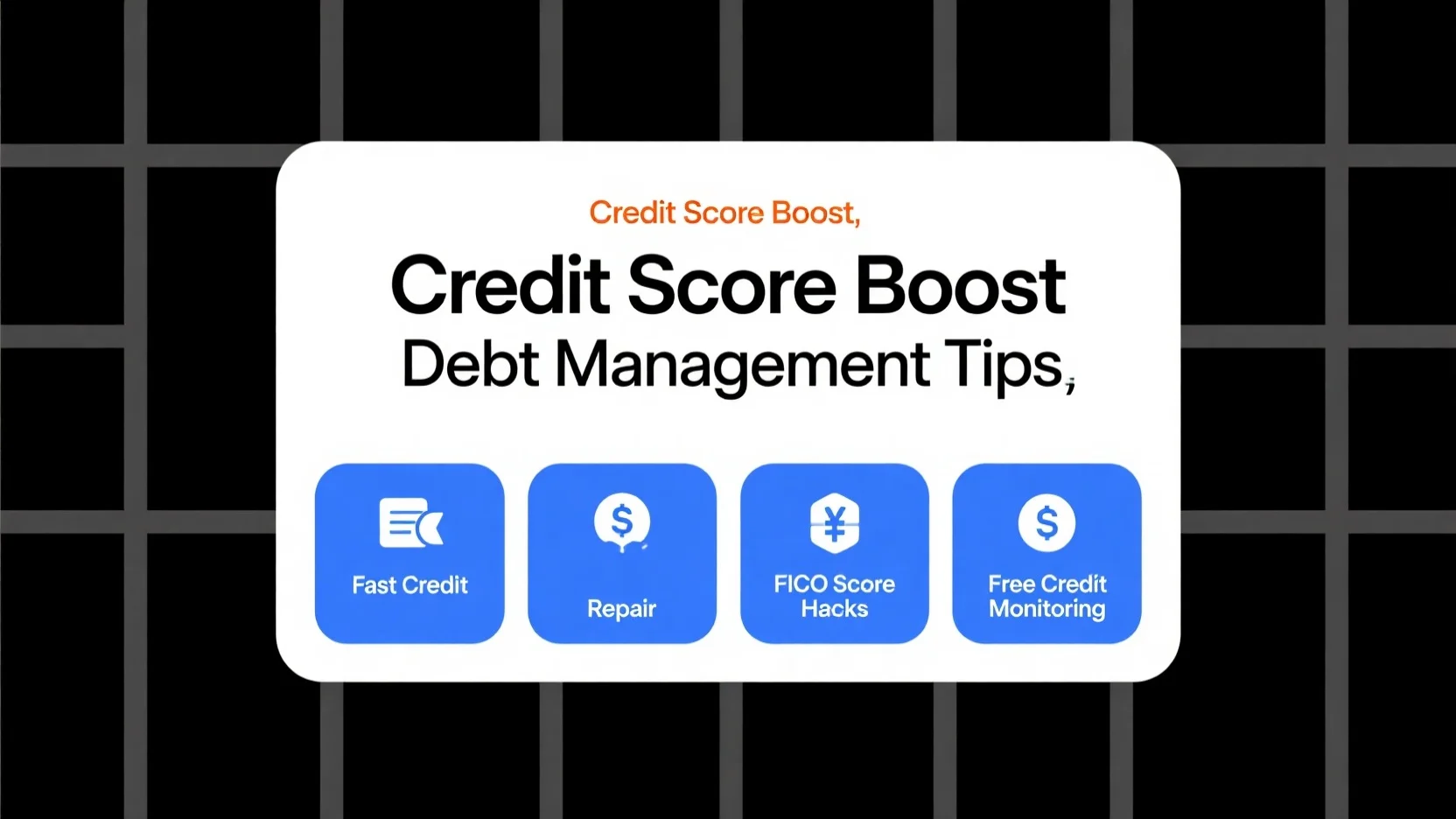Image Source: unsplash
Building a $1M portfolio by age 50 may seem hard, but it’s possible if you start early, as outlined in "Retirement Planning 101: How to Build a 1M dollars Portfolio by 50." The sooner you save, the more time your money grows. This happens because of compound interest, which makes money grow faster. For example, if a 25-year-old saves $5,000 each year, they could have over $1.1 million by age 65. Starting early also lets you spread out your investments and take smart risks for bigger gains. Staying disciplined and consistent is very important. With a good plan and regular savings, you can make this goal happen.
Did you know? 60% of workers have saved less than $100,000 for retirement. Don’t let that be you—start saving now!
Key Takeaways
- Save money early to let it grow over time. Even small savings can become big later.
- Figure out your net worth to see where you stand. This helps you make a good plan for retirement.
- Use accounts like 401(k)s and IRAs to save more. Use employer matches and tax perks to your benefit.
- Spread your investments into different types to reduce risks. This can also help your money grow better.
- Stick to your long-term goals. Check and update your savings plan often to stay on track.
Assess Your Financial Starting Point
Before you can build a $1M portfolio, you need to know where you stand financially. Understanding your starting point gives you clarity and helps you create a realistic plan for success.
Calculate Your Net Worth
Your net worth is the foundation of your financial health. To calculate it:

- List all your assets. Include cash in checking and savings accounts, the market value of your home, vehicles, retirement accounts, brokerage accounts, and any businesses you own.
- Write down all your liabilities. These are debts like credit card balances, mortgages, student loans, medical bills, and personal loans.
- Subtract your total liabilities from your total assets. The result is your net worth.
You can use online tools or apps to make this process easier. Regularly updating your net worth helps you track progress and stay motivated.
Track Your Income and Expenses
Knowing how much money comes in and goes out each month is crucial. Start by recording all sources of income, such as your salary, side hustles, or rental income. Then, track your expenses. Break them into categories like housing, food, transportation, and entertainment.
This step helps you identify areas where you can cut back and save more. For example, skipping a $5 coffee every weekday could save you over $1,000 a year. Small changes like this can make a big difference in your retirement planning journey.
Build an Emergency Fund
An emergency fund protects you from unexpected expenses, like medical bills or car repairs. Aim to save three to six months’ worth of living expenses. Keep this money in a high-yield savings account for easy access and growth.
Having an emergency fund ensures you won’t need to dip into your investments when life throws you a curveball. It’s a safety net that keeps your retirement goals on track.
Tip: Start small if saving feels overwhelming. Even $20 a week adds up to over $1,000 in a year. Consistency is key!
By assessing your financial starting point, you lay the groundwork for achieving the goals outlined in Retirement Planning 101: How to Build a 1M dollars Portfolio by 50. Take these steps today to set yourself up for success.
Make the Most of Retirement Accounts and Work Benefits
Using retirement accounts and work benefits is a smart choice. These options can help your money grow faster and easier.
Add to Your 401(k) Wisely
A 401(k) is a great way to save for retirement. Try to save 10-15% of your income in it. If that’s too much, start small and add more each year.
Here’s why saving more in your 401(k) helps:
| Benefit | What It Means |
|---|---|
| Tax Savings | You pay less in taxes now and grow money tax-free. |
| Better Security | More savings mean you’ll feel safer about your future. |
| Bigger Growth | Saving more lets your money grow faster over time. |
Saving more lets your money grow bigger through compound interest. Over time, this can turn into a large amount.
Use Employer Matches for Extra Money
If your job offers a 401(k) match, don’t miss it. This is free money added to your savings. For example:
- Half of employers give matching money for 401(k) plans.
- Over one-third offer both matching and extra contributions.
Check your plan to see how much you need to save to get the full match. Not using this is like saying no to free cash.
Know Limits and Tax Perks
Learn how much you can save in your 401(k) each year. In 2024, you can save up to $23,000 from your paycheck. The total limit, including employer money, is $69,000. If you’re 50 or older, you can add $7,500 more.
| Year | Paycheck Savings Limit | Total Savings Limit | Extra Savings for Age 50+ |
|---|---|---|---|
| 2024 | $23,000 | $69,000 | $7,500 |
| 2025 | $23,500 | $70,000 | $7,500 (ages 50-59, 64+) / $11,250 (ages 60-63) |
These limits let you save more and get tax benefits. Your savings lower your taxes now, and your money grows without taxes until later.
By using your 401(k) and work benefits, you’re making a big step toward saving $1M by age 50. Start now and watch your money grow!
Use IRAs to Grow Your Money Over Time
IRAs are great for saving money for the future. They give tax benefits and are flexible, making them important for retirement.
Pick Between Traditional and Roth IRAs
The best IRA for you depends on your goals and taxes. Here’s how they are different:
- Traditional IRAs use pre-tax money, lowering your taxes now.
- Roth IRAs use after-tax money, so withdrawals are tax-free later.
- Traditional IRAs need withdrawals at age 73 or 75. Roth IRAs don’t have this rule.
If you think you’ll pay more taxes later, choose a Roth IRA. If you want to save on taxes now, pick a Traditional IRA. Think about your needs now and in the future to decide.
Invest in Stocks, ETFs, and Dividend Stocks
After opening an IRA, choose investments that grow your money. Growth stocks can give big returns over time. ETFs spread out risk and cost less. Dividend stocks give steady income and can be reinvested.
For example, reinvesting dividends helps your money grow faster. Spreading your investments lowers risks and keeps your retirement plan safe.
Set Up Automatic Payments
Saving regularly is key to success. Automating IRA payments makes sure you never forget. Link your bank account to send money to your IRA every month. Even small amounts grow over time.
For example, saving $500 each month in an IRA with 8% yearly growth can become over $1 million in 30 years. Automation keeps you on track and helps you stay focused on your goals.
Using IRAs wisely brings you closer to saving $1M by age 50. Start now and let your savings grow!
Diversify with Additional Investment Strategies
Spreading out your investments helps grow money and lower risks. Using different strategies can make a strong plan to reach $1M by 50.
Open a Taxable Brokerage Account
A taxable brokerage account lets you invest outside retirement accounts. Unlike 401(k)s or IRAs, there are no limits on how much you can add. You can also take out money anytime without penalties.
For example, if you’ve saved the max in retirement accounts, use a brokerage account to keep growing your money. It’s also easy to access funds when needed. Look for platforms with low fees and simple tools to begin.
Tip: Use dividends from this account to grow your money faster.
Diversify Across Asset Classes
Putting money in different types of investments lowers risks. Each type reacts differently to market changes, keeping your portfolio steady. Here are some main types:
- Stocks
- Bonds
- Cash or savings
- Real estate
- Commodities like gold
- Private equity
For example, stocks can grow quickly, while bonds give steady income. Real estate and gold can protect against inflation. Mixing these helps your portfolio grow safely, even during tough times.
Consider Low-Cost Index Funds and REITs
Index funds are great for long-term savings. They follow markets like the S&P 500 and cost less than managed funds. Lower costs often mean better returns over time.
Real Estate Investment Trusts (REITs) let you invest in real estate without owning property. But REITs have risks, like being affected by interest rates or specific industries. For instance, retail REITs may struggle as shopping habits change. Also, REIT dividends are taxed like regular income, which might lower your earnings.
Note: Pick REITs in growing areas, like healthcare or industrial spaces.
By spreading out your investments, you build a strong plan. This matches the ideas in "Retirement Planning 101: How to Build a 1M dollars Portfolio by 50." Start now to create a portfolio that grows in any market.
Manage Risks and Stay Committed
Saving and investing alone won’t build a $1M portfolio. You also need to manage risks and stick to your plan. These steps will help protect your money and keep you on track.
Know and Adjust Your Risk Comfort
Risk comfort means how much risk you can handle. It changes as you age or your goals shift. When younger, you might take more risks for bigger gains. As retirement nears, protecting your money becomes key.
A big mistake is not switching to safer investments as you age. This can put your savings at risk. Check how you feel about market changes and adjust your investments to match.
Tip: Spread your money across stocks, bonds, and other assets. This mix helps balance risks and rewards during market ups and downs.
Check and Fix Your Portfolio
Fixing your portfolio keeps it matching your goals. Some investments grow faster than others, changing your balance. For example, if stocks grow more than bonds, your portfolio may become riskier.
To manage this:
- Look at your portfolio once a year.
- Don’t fix it too often, as it may hurt returns.
- Adjust your investments to keep your planned balance.
Experts like Vanguard suggest yearly checks. This simple habit keeps your investments steady without making it too hard.
Focus on Long-Term Goals
When markets drop, you might feel like selling everything. But leaving the market during bad times can make you miss recoveries. Staying focused on your long-term goals is very important.
Avoid mistakes like borrowing from your retirement savings or putting too much in company stock. These can slow your progress. Instead, remember why you started saving. Think about the freedom you’ll have by sticking to your plan.
Inspiration: Every small step today brings you closer to a safe retirement. Stay focused, and your future self will be grateful!
Reaching $1M by 50 isn’t just a dream—it’s doable. Start now to give your money time to grow. Compound interest helps your savings grow faster over the years. Even small changes, like saving 1% more each year, can add up.
Planning early for retirement gives you more choices later. It lets you enjoy life and try new things. To stay on track, watch your spending, save automatically, and avoid taking on debt. These habits keep you focused on your big goals.
Every dollar saved today gets you closer to a safe future. Start now and use "Retirement Planning 101: How to Build a 1M dollars Portfolio by 50" as your guide to success.
FAQ
What if I start saving late?
It’s okay to start saving late. Focus on saving more and investing smartly. Cut extra spending and add as much as you can to retirement accounts. Even small efforts now can grow a lot over time.
Tip: Begin today. Each dollar saved can grow with compound interest.
How much should I save each month?
How much you save depends on your age, income, and goals. A good idea is to save 15-20% of what you earn. Use online calculators to see how much you’ll need and adjust your savings.
Can I still reach $1M if I have debt?
Yes, but pay off high-interest debt first. After that, focus on saving and investing. Balancing debt payments and savings helps you stay on track.
Note: Don’t take on new debt while growing your portfolio.
Should I hire a financial advisor?
A financial advisor can help if you feel unsure or need advice. They can make a plan just for you and keep you focused. But there are free tools if you want to handle your money yourself.
What’s the best way to stay consistent?
Set up automatic savings and investments. Schedule transfers to your retirement or brokerage accounts. This stops you from spending and keeps you on track.
Inspiration: Being consistent is key. Small, steady steps lead to big success.





